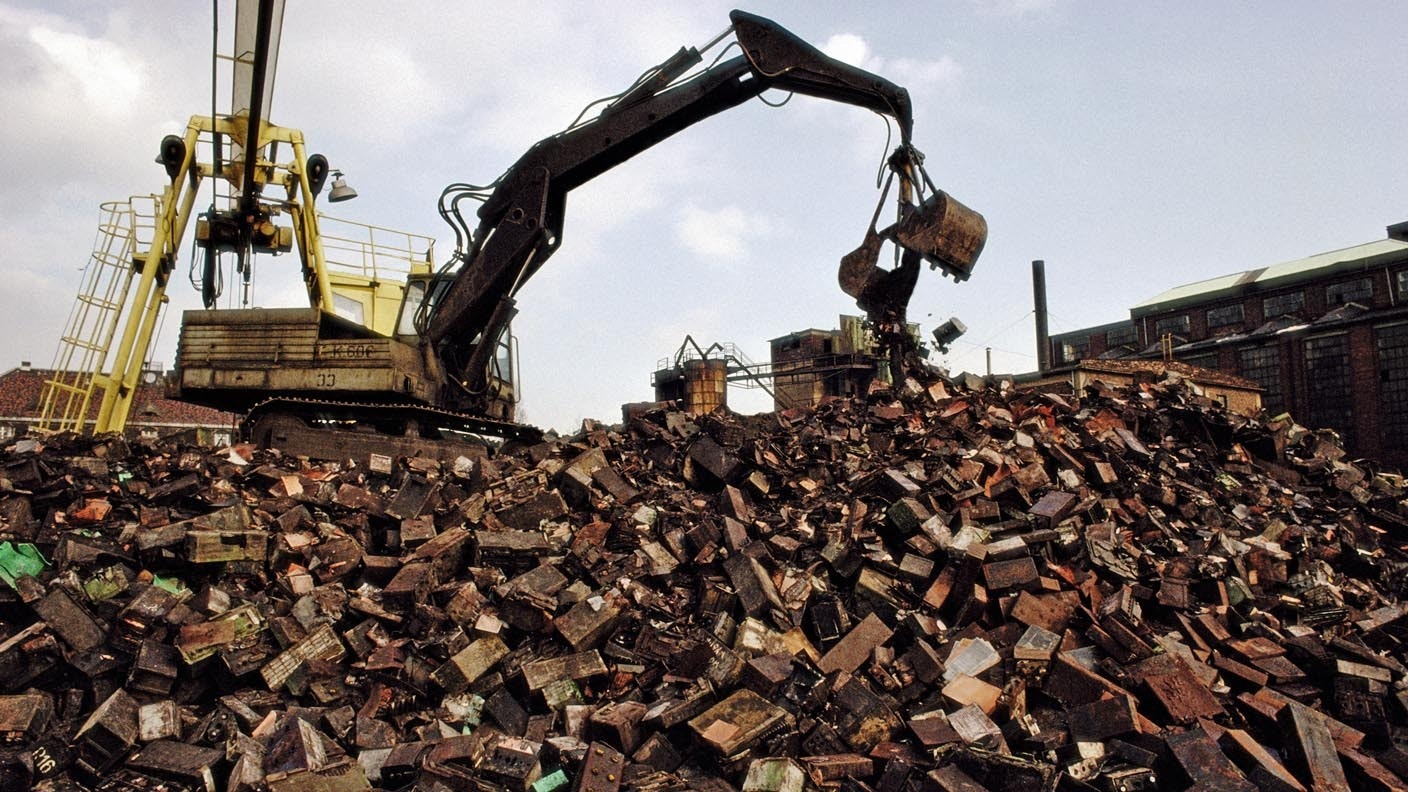Over the next 20 years, millions of batteries in electric cars are going to come to the end of their useful life.
Each of them weighs about 1,000 pounds, depending on the car. What’s going to happen to this mountain of e-waste?
Battery Mountain
There are more than 1.5 million electric vehicles (EV) registered in the U.S., according to Eletrek, a news and commentary online resource on EVs. Less than 600 of those are in Wyoming.
The Edison Electric Institute estimates that by 2030, there will be over 26 million EVs on America’s roads.
How long an EV battery lasts depends on a wide range of factors. Tesla offers an eight-year battery warranty and between 100,000 to 150,000 miles.
However, EV Connect, an online resource for EV drivers, estimates the lifespan of an EV battery to be 200,000.
Drivers in hot climates and drivers who regularly drain their batteries will see lower battery life. Likewise, the battery doesn’t just die one day, but its range degrades over time. So, if an EV driver doesn’t mind a shrinking range, he can get some more miles out of the battery.
It’s safe to say that by 2040, the U.S. will have around 26 billion pounds of dead EV batteries to deal with.
Recycling
The thing about lithium-ion batteries is you can’t just throw them away. They can catch fire, and they’re classified as hazardous waste. So they have to be recycled.
Ascend Elements is a company with headquarters in Massachusetts that recycles lithium-ion batteries, including those in EVs.
The company uses a patented process called Hydro-to-Cathode, which the company says simplifies recycling by removing some steps to extract the materials for use inside new products.
“We are actually able to recover about 98% of the critical materials,” said Thomas Frey, director of communications for Ascend Elements.
Frey said the company is already producing critical materials for use in new batteries on a commercial scale.
Due to the demand in lithium, nickel and cobalt, the price of minerals in batteries have shot up considerably in the past few years. This will continue, which could make recycling much more competitive with the cost of manufacturing a new battery.
Efficiencies
Frey said recycling also avoids all the shipping costs of sourcing the materials from other countries, and it keeps the manufacturing process here in the U.S.
“Once they’re [critical minerals] here in the U.S., we don’t want to send them back over to Asia for processing…There’s a lot of inefficiency there,” Frey said.
Frey said that Ascend Elements recycles batteries from consumer electronics, such as cell phones, which also have lithium-ion batteries.
As more energy storage facilities are constructed and reach the end of their life, there will be another waste stream to recycle as well, Frey said.
Right now, recycling rates for batteries in consumer electronics are around 5%, but he said they expect that to go much higher as the demand for these critical minerals rises.
“There’s so much value in an electric vehicle battery, no one is going to throw it into a landfill. It’d be like throwing $1,000 bills into the trash,” Frey said.
Repurposing
Retired batteries from EVs can also have a new life.
Repurpose Energy is taking old EV batteries and using them in energy storage modules. The modules are 20-foot long containers that hold a maximum of 1.2 megawatt hours of electricity. That’s enough power for over 100 homes for one year.
However, Repurpose Energy CTO Joe Lacap said the usable capacity is limited in order to extend the system life and increase safety. The total stored energy in the module is also impacted by the health of the batteries in the container and what type of EV they are from.
How many batteries are in one container depends also on the car they came from. One container, Lacap said, holds 72 battery packs from a Nissan Leaf.
Lacap said repurposing defers some recycling expense.
“Some companies just store them in the hope that there will be demand for them in the future or that recycling becomes cheaper,” Lacap said.
Repurposing also offsets the need to produce additional batteries and lowers the batteries’ costs per kilowatt hour. It’s also better for the environment than manufacturing new batteries.
“Eventually, every battery will need to be recycled, including the ones we use in our energy storage systems,” Lacap said.





